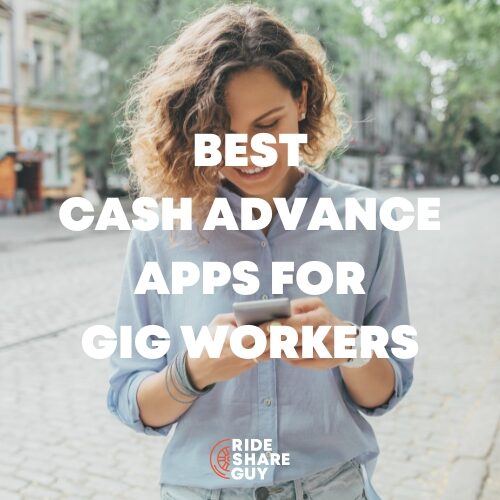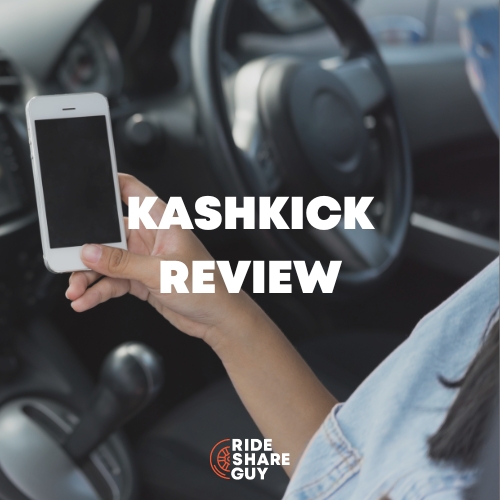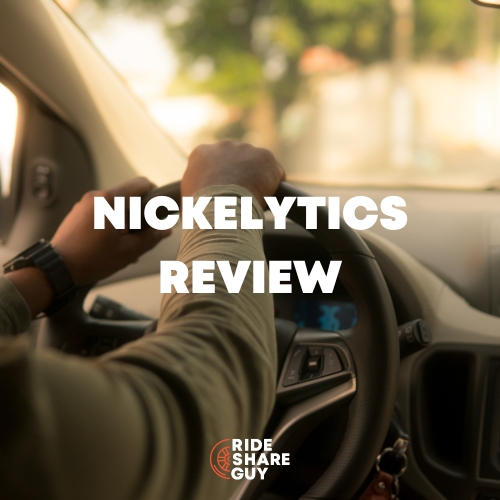Last year, Rideshare Guy founder Harry Campbell had the opportunity to interview the heads of Uber and Lyft, including Uber’s CEO Dara Khosrowshahi. One topic that came up concerned rate rebalancing, which the companies said would roll out over the year. Now that drivers have experienced rate rebalancing, what’s the outcome? Has it been ‘revenue neutral’ for drivers? Senior RSG contributor Sergio Avedian analyzes dozens of rides to figure it out.
I have been a driver on multiple platforms for seven years, with thousands of trips under my belt. I started when the split between the Transportation Network Companies (TNCs, like Uber and Lyft) and drivers was 75% to 25% in drivers’ favor. Today I get more complaints about Uber and Lyft’s take rate than any other subject.
I like math, and I like analyzing numbers before I make up my mind. Having a top-down picture of these companies and being on the front lines as a driver gives me a huge advantage. I do not put too much credence in Uber and Lyft’s PR announcements, nor do I give mainstream media any credit since they are all spoonfed by the TNCs.
A few months ago, Uber and Lyft introduced Upfront Fares for drivers. Learn more about navigating upfront fares here: Look For THIS On Upfront Fares To Get The BEST Rides For Uber And Lyft Drivers
Although seeing the destination of the passenger was something drivers wanted for a decade, TNCs just released this information nationwide. But from all the number crunching I have done, it seems like drivers are enduring another rate cut. How much of a rate cut? I dig into the numbers below.
Is Rebalancing Just Another Rate Cut for Drivers?
I am going to analyze long trips (20+ miles) by converting them to the old time/distance rates and see how much of a haircut these trips are receiving.
Under the old mile/minute rates (60 cents a mile, 21 cents a minute for Los Angeles), this trip would have paid $25.73!
$25.73-$22.69=$3.04 LESS! That is about a 12% REDUCTION!
What about this one?
Under the old mile/minute rates (80 cents a mile, 12 cents a minute for Los Angeles), this trip would have paid $27.84! $27.84-$24.63=$3.21 LESS! That is about a 12% REDUCTION!
Under the old mile/minute rates (80 cents a mile, 12 cents a minute for Los Angeles), this trip would have paid $106.68! $106.68-$77.89=$28.79 LESS! That is about a 27% REDUCTION!
Under the old mile/minute rates (80 cents a mile, 12 cents a minute for Los Angeles), this trip would have paid $104.92! $104.92-$64.01=$40.914 LESS! That is about a 39% REDUCTION!
There are even more examples of reductions throughout the trips I have taken, and readers have shared with me. So what does this all mean for drivers?
The Fuzzy Math Involving Surge Trips
Surge is something that most drivers thrive on. I, for one, had a saying in the old days, No Surge – No Ride. Well, those days are gone since Upfront Fares Destination (UFD) is now bundling surge into the fare.
How does surge really work? Check out our video on it here: Did Uber Finally FIX Surge For Drivers?!
The algorithm is lowering the fare to ridiculous levels when a high surge is involved. Before upfront fares, surge was in addition to the mile/minute rates, now, it is included in the Upfront fare. Once we deduct the surge on the trip, the fare we are left with is laughable.
I am shocked that other than us on RSG and SMTMC (Show Me The Money Club), no one is even bothering to call them out on this issue. Surge is a veteran, experienced driver’s bread and butter, it is the reason I used to make $40 an hour consistently in Los Angeles. This may not be a major problem for a lot of earners but it is definitely an additional cut.
Take a look at the screenshots below:
Both of these trips should be paying more, but since surge is included now as opposed to being in addition to the fare, we are experiencing another cut.
Takeaways for Drivers
I am all for seeing the passenger’s destination, but I am not willing to give up a penny to have that privilege. After driving with with upfront fares for over a couple of months, I discovered that the reduction kicks in right about 5-6 mile long trips. Minimum fare trips (in Los Angeles, $2.62 on Lyft, $3.27 on Uber) short trips are paying about the same as before when each city had a rate card.
But once the trip stretches beyond 5 miles, the new algorithm is kicking in with its cuts and anything over 20 miles is receiving the royal treatment. This is not something drivers would have been willing to exchange for seeing the passenger’s destination.
As it is, many drivers are struggling due to inflation and macroeconomic conditions. This is Uber and Lyft exploiting drivers’ situations to their fullest extent. I get it that both TNCs are in a mad rush to turn actual profits. And in a two-sided marketplace, what better way to achieve that by playing both sides at the same time with lighting-fast algorithms? Here is the definition of upfront fares on the Uber website:
How upfront fares are calculated
We know that some trips like those that go through heavy traffic or toward areas with low demand might not feel worth your time.
To help make these kinds of trips (which can account for more than half of your total trips) more worthwhile for you, upfront fares will be adjusted to help you find great earnings opportunities throughout the day.
With these new changes, you’ll earn less than before on:
- Long and relatively quick (traffic-free) trips
- Trips to high-demand areas
You’ll earn more than before on:
- Short trips
- Routes that will go through traffic
- Trips with a final destination in a low-demand area
- Trips that require you to drive a long distance to pick up the rider
Which one of these situations apply to you? None of them did when I analyzed the trips on the screenshots, especially the medium/long trips. Wake up, drivers, this is the final straw that breaks the camel’s back! #declinegarbage #knowyourworth
This rebalancing is nothing more than a rate cut. All the short trips a driver may do for a few more pennies as they claim will not replace the 30-40% lost in just a single long trip.
Please comment below; what are you seeing in your market?
-Sergio @ RSG




